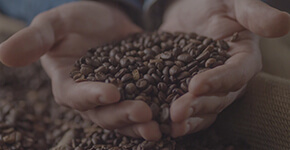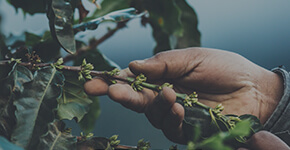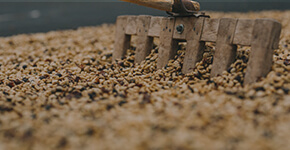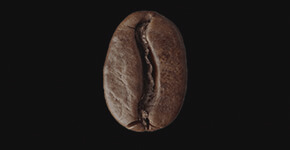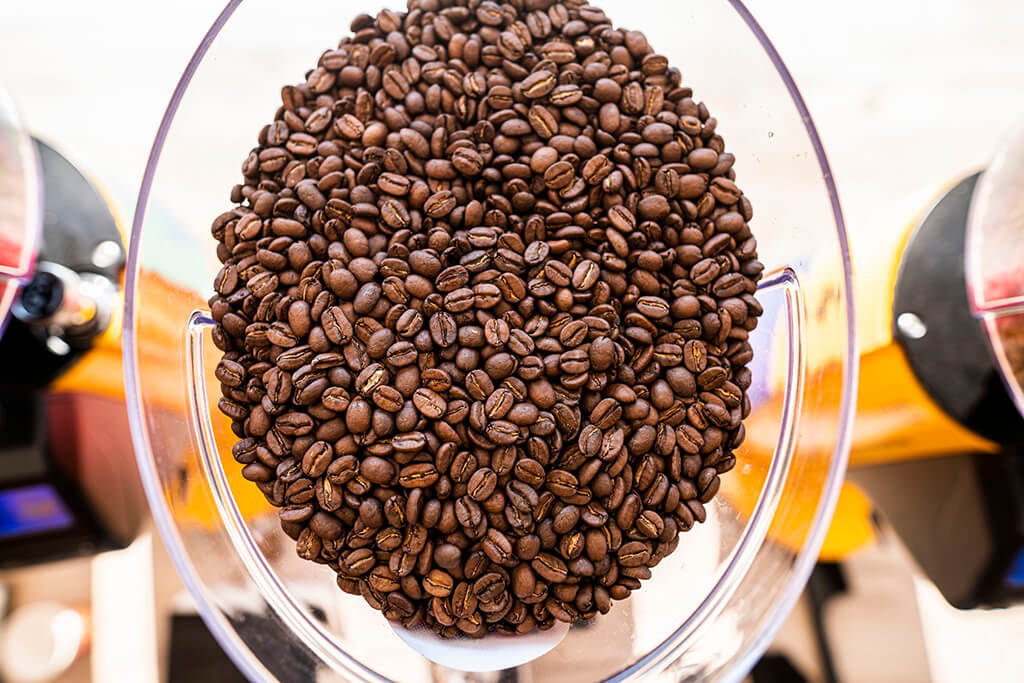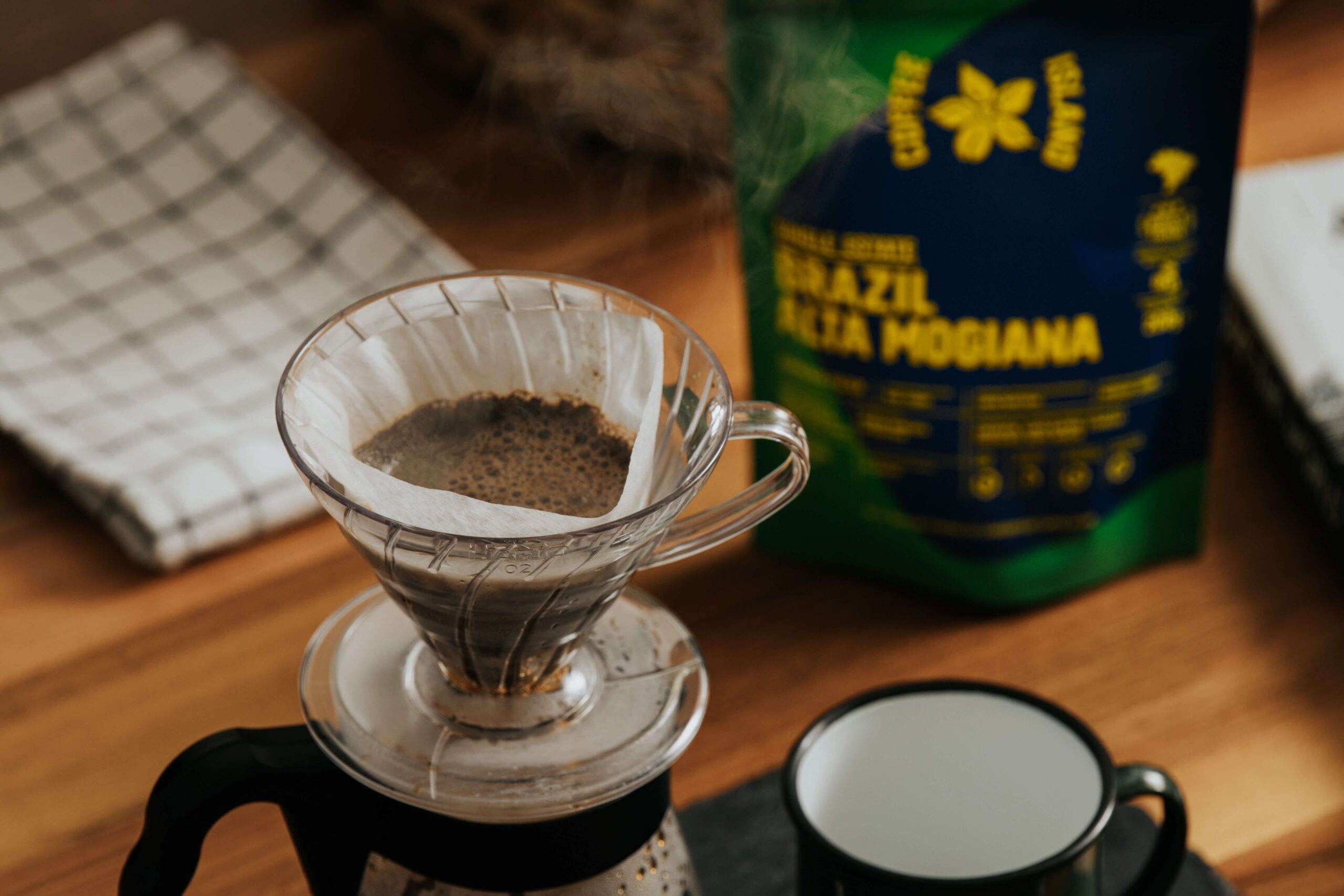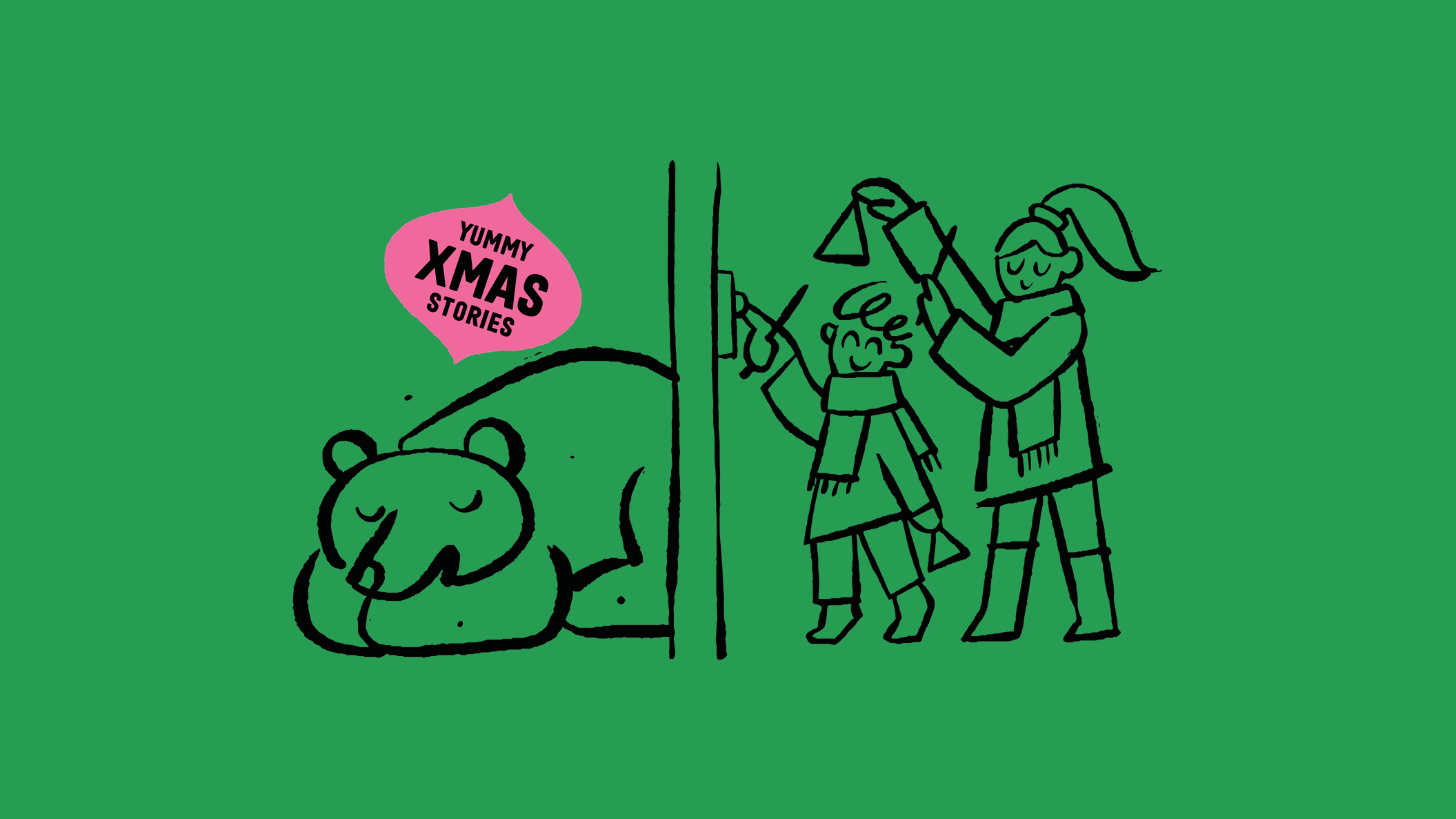Have you ever taken a moment to reflect on what coffee means to you: pleasure, energy, companionship, motivation to get out of the house, to get together with your friends? These can be beautiful moments, of love, meet people, comfort, passion, and creativity.
The true strength of good coffee is that it provides enjoyment.
But, what does “good coffee” mean? You’ve certainly heard the expression often, but have you ever wondered what the elements are that distinguish good coffee from the others? Let’s start with freshness!
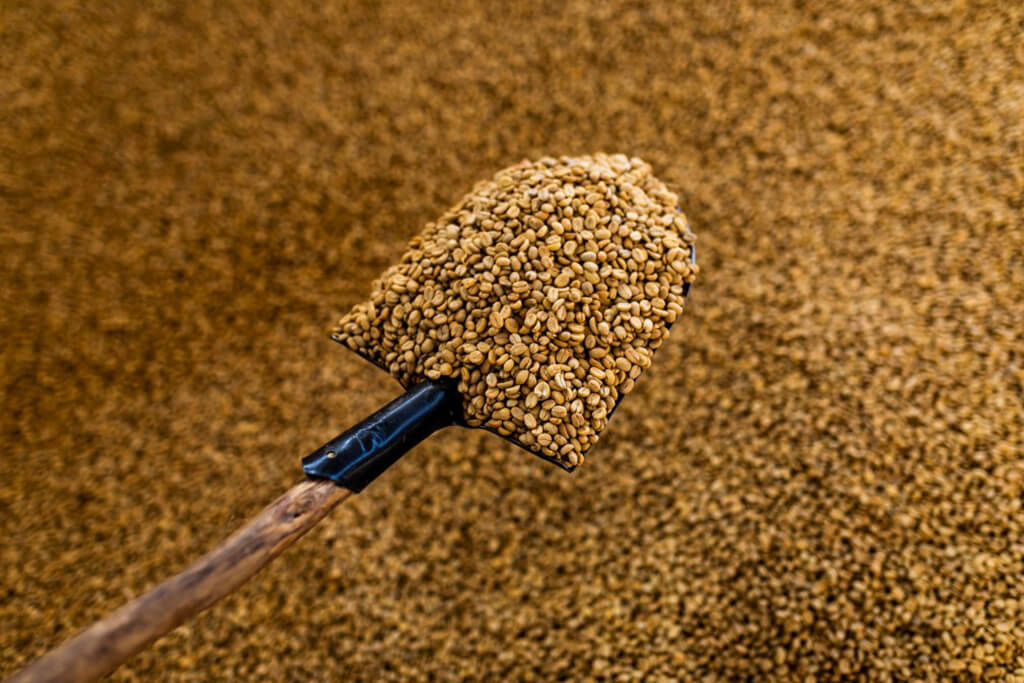
Good coffee means fresh coffee!
Catherine, our Coffee Trainer and Expert from Coffee Campus will be our guide to the secrets, tips, facts, and truths about fresh coffee. After this “freshness tour”, you’ll be able to make your perfect specialty beverage at home, while feeling confident about its high quality.
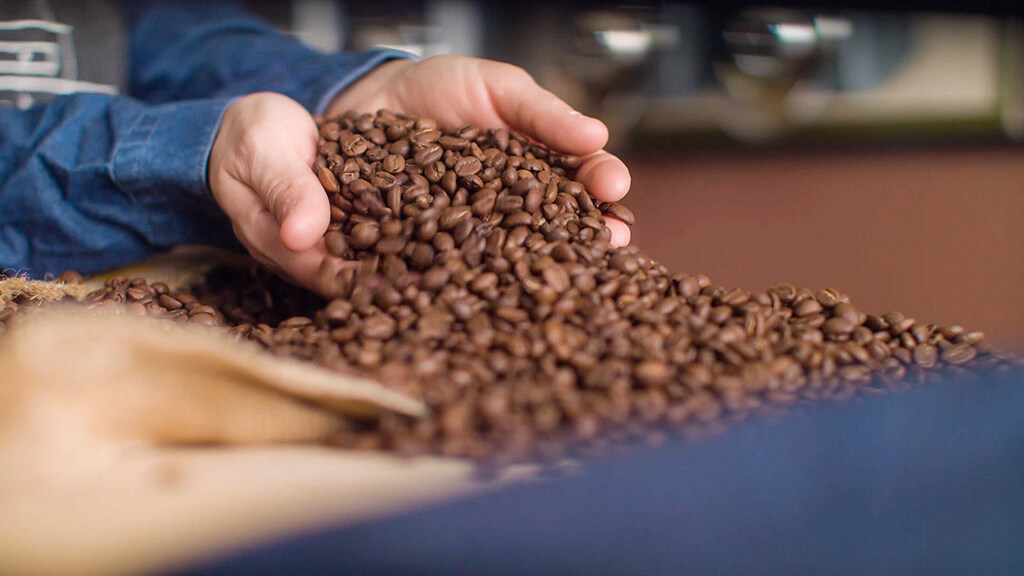
From hand to hand…
Our job is to make sure that the beans’ quality and magic is not lost along the way, from the farms to your cup. These beans travel, change and transform, while keeping their uniqueness, thanks to the people who guided their journey.
It’s a human chain made of professionals, starting from the producers and ending with our baristi. They always strive for the best, putting all their hard work, passion, and knowledge into coffee making. These characteristics are their motivation and strength.
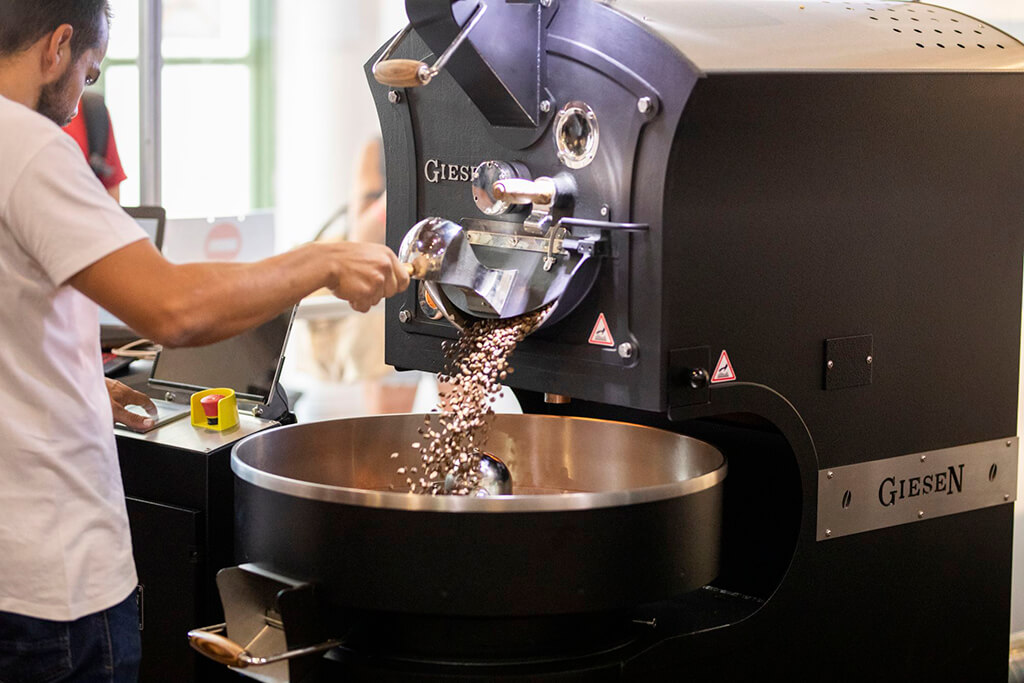
Quality never falls… in the hands of the enemy
Coffee, as Catherine confides, has enemies. Light, humidity, temperature, odors, and other factors threaten its quality. But what is coffee’s number 1 enemy? Carbon dioxide.
In coffee making, there’s a fine line between success and failure. Carbon dioxide might be tasteless, but when in contact with warm water, which acts as a solvent, it creates, visible to all, bubbles of wet ground coffee.
At the same time, it is responsible for the emerging, intense aromas. More precisely, what water does is separate carbon dioxide, creating carbonic acid, and destroying the beverage’s taste. As it lures the water away from the coffee’s tasteful components, it prevents them from being transferred from the pores to the beverage. This complex process translates to uneven drip brewing with an unpleasant taste.
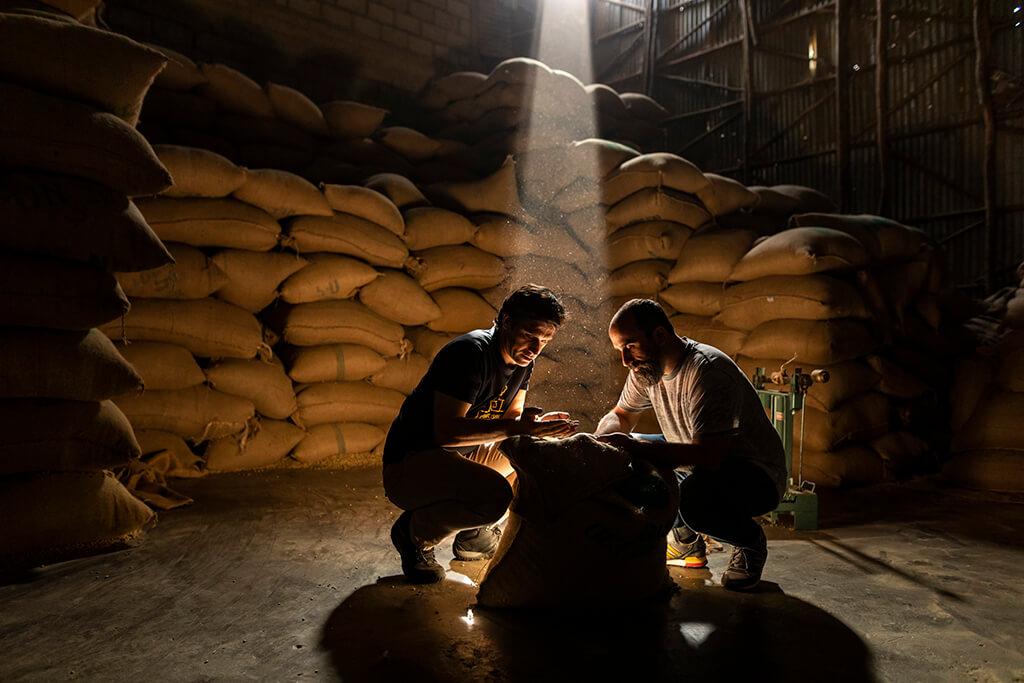
Degassing: Coffee’s “beauté”
After its long and tiring journey, it’s time to roast and rest! Zero-hour is the moment when coffee is laid out on the cooling tray. At this point, the beans are fresh but have no taste. During roasting, a bean’s composition changes so dramatically that it gets twice as big.
After all these alterations, the beans have to get some rest. The process finishes with the elimination of all harmful gases, such as CO2, that were formed during the pyrolysis and were kept trapped in the pores. This is called degassing and it might take from 24 hours to a few days until fully completed, accordingly to the roasting profile and the processing method.
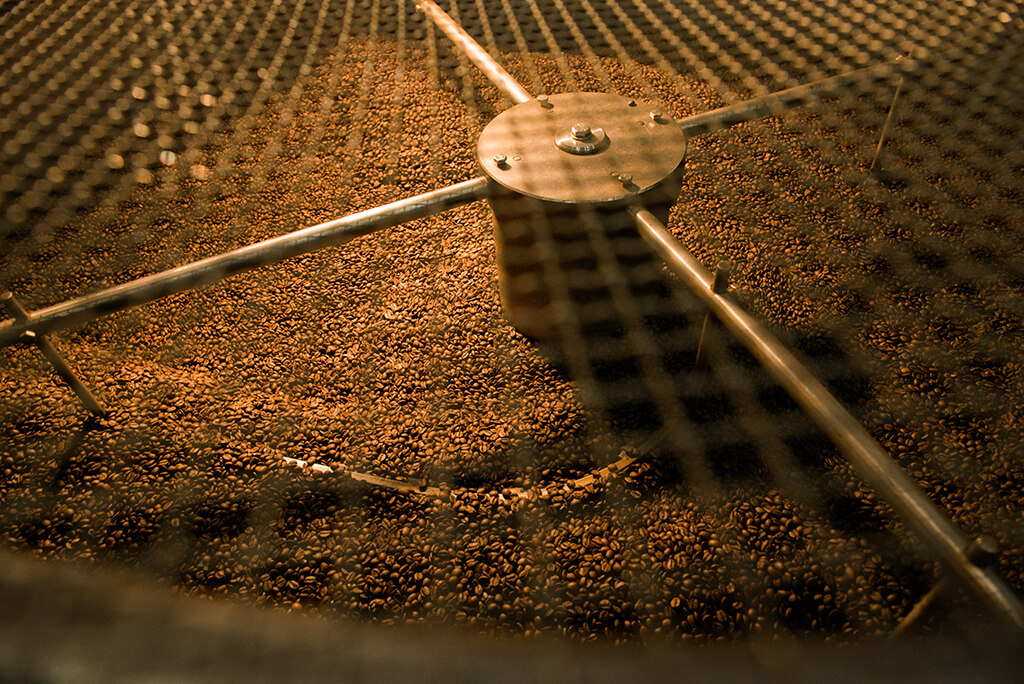
The degassing games begin
Who’ll cross the finish line first? The light roasted or the dark roasted bean? The darker the roasting, the sooner the degassing is completed. On the contrary, the light roasted beans tend to roast more slowly, as their composition hasn’t been affected dramatically.
At the same time, the dripping process is inversely proportional to the time of rest. What do we mean? That the longer the coffee is in contact with the water during drip brewing, the less it needs to “rest”. For a coffee maker, you’ll need 7-14 days, for pour-over, AeroPress or filter the waiting lasts 2-7 days and for the piston, it takes just 2 days.
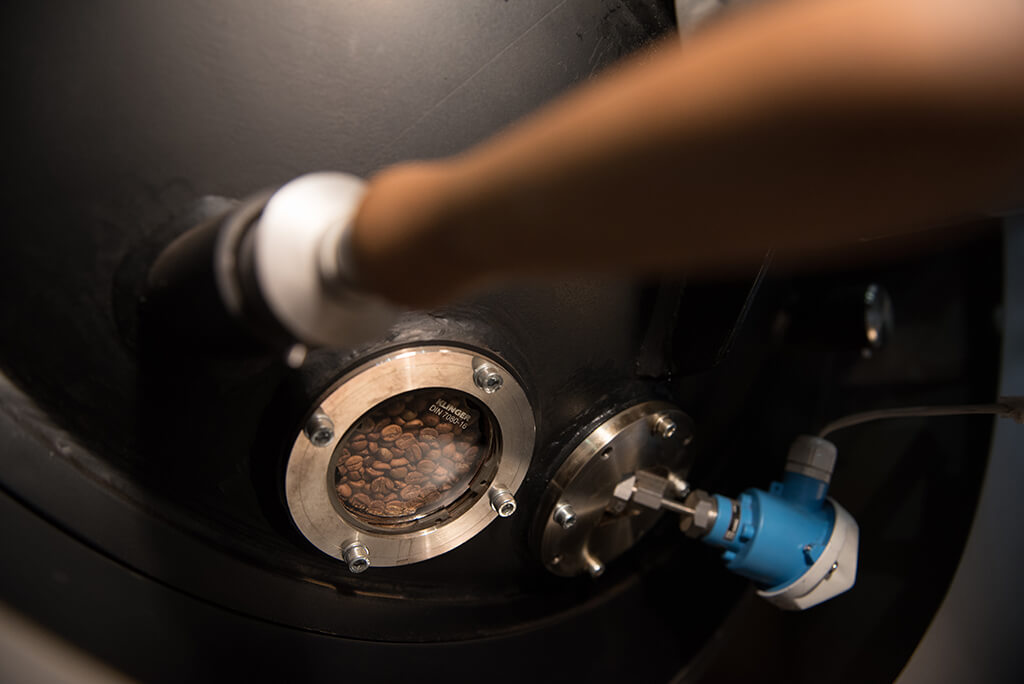
Put on your gloves for chemistry class.
You thought we were through with carbon dioxide? Not even close, since its contact with the coffee and oxidation can tamper with freshness. Let’s roll up our sleeves, put on a pair of gloves, and go back to class with Catherine, to learn how to keep our coffee fresh.
To make it happen, we need to know how and why it gets stale in the first place! Ground coffee has oils, chemical compounds and acids. These compounds are soluble and enhance the flavors and aromas of our coffee. When the beans “get out” in the air, they deteriorate and they get oxidized. Another known example of oxidation is the rust on iron that stays too long in oxygen.
More humidity, greater oxidation
Therefore, the solution is to store coffee in a cool, and dry environment. This way, our roasted coffee lasts longer, stays fresher, and enhances our enjoyment.
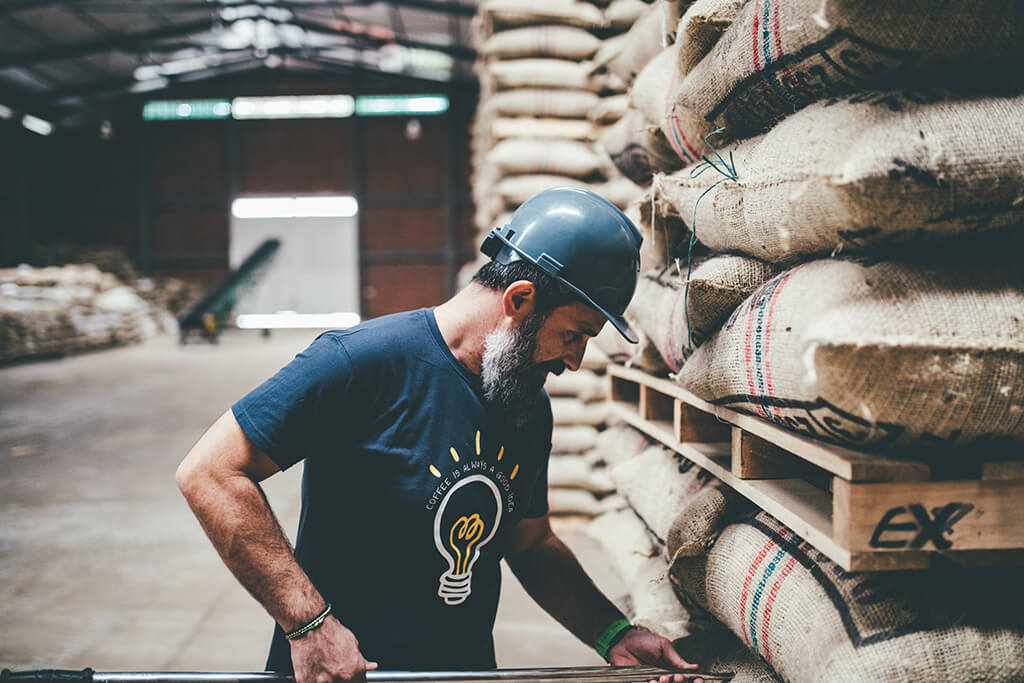
Freshness all the way, the Coffee Island way
A well-stored coffee is a fresh coffee! After roasting in our facilities, the beans are stored in bags with a one-way valve. This allows carbon dioxide to exit the bag, while it prevents oxygen from entering and making our coffee stale.
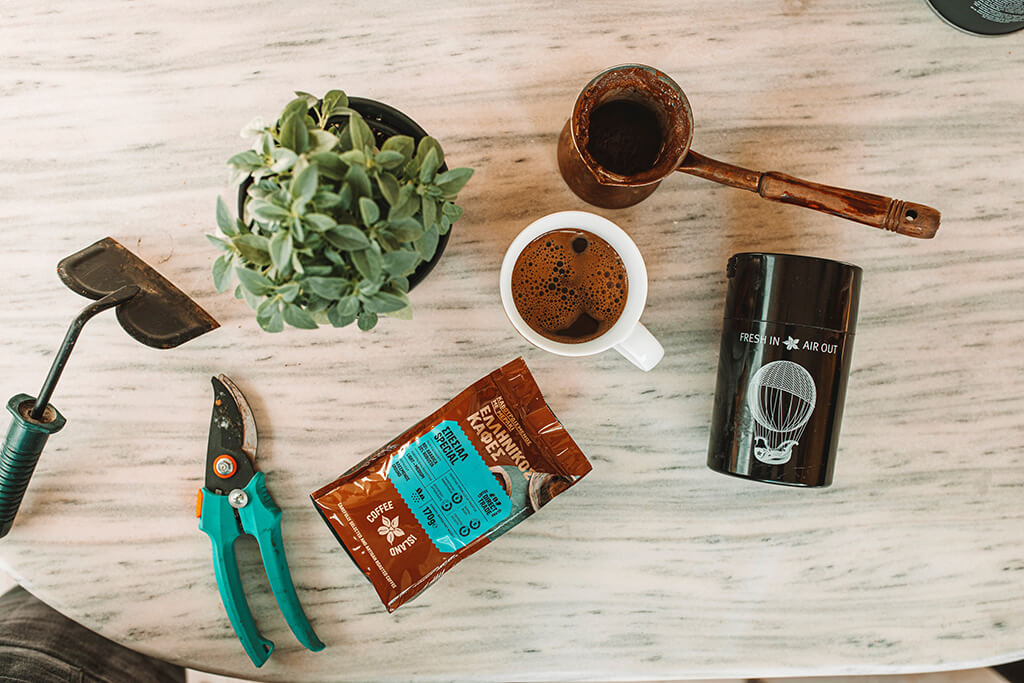
Tricks and tips for fresh coffee at home
Storing and grinding is a matter of life and death for fresh and fragrant coffee. Get a tight-vac, an airtight container that when shut creates an air gap. But… careful there! Choose the size that best suits the quantity of the coffee you want to store so that it’s not half or almost empty.
These containers protect your coffee from coming into immediate contact with oxygen and stall the deterioration of freshness. Therefore, the beans remain fresh for longer. Our tip? Don’t buy more than a week’s worth of coffee, so that your brew will always be fresh.
Combine storage with grinding at home by getting yourself a manual coffee grinder. If you want to enjoy just one cup of coffee, grind no more than a cup’s worth of beans. Why is this important? Because coffee loses 60% of its aromas when ground.
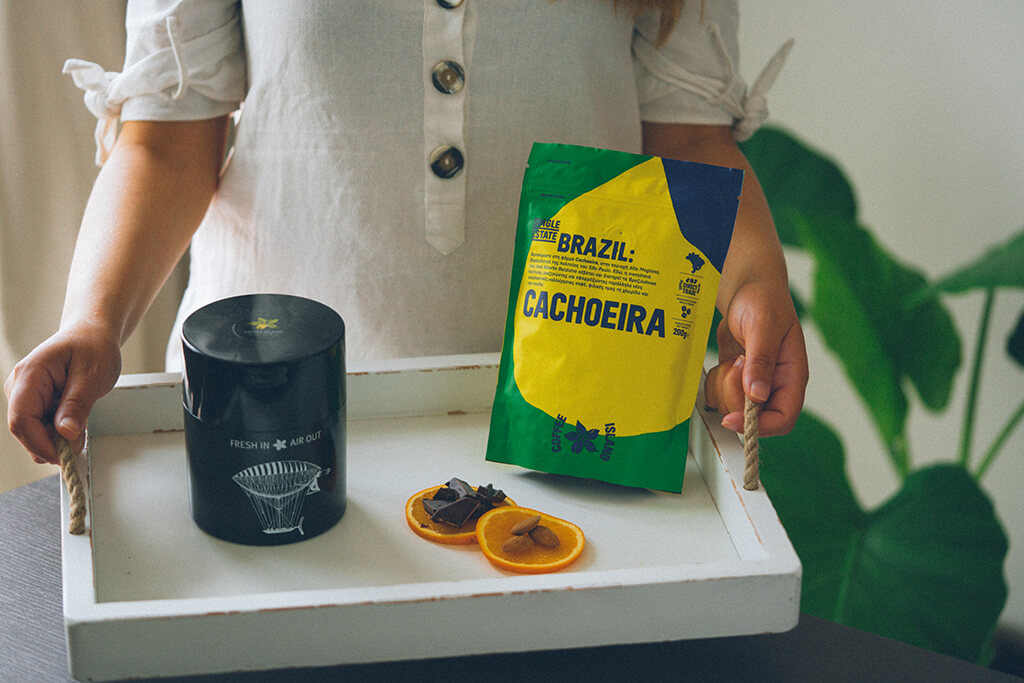
Don’t forget…
Coffee is for your enjoyment and freshness is a pillar of this enjoyment. We aim to keep its aromas unspoiled and so should you. Every day, immerse yourself into a world of flavors and pleasure. In our Coffee Shop, you’ll find the coffee that suits you and the Home Barista equipment that’s needed to keep your beans fresh until dripped into your cup.





